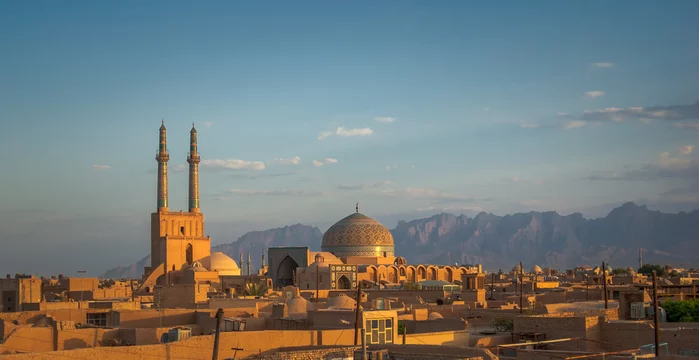15 Oldest Countries in the World-13 Will Amaze You
3. Iran (3200 BCE)
Iran, historically known as Persia, is one of the oldest countries in the world with a rich and diverse history. Iran is one of the world’s oldest continuous civilizations, dating back to at least 4000 BCE. It has been inhabited since ancient times by various peoples and cultures, including the Elamites, Medes, and Persians. One of the most significant periods in Iran’s history was the rise of the Persian Empire, also known as the Achaemenid Empire, which emerged in the 6th century BCE under Cyrus the Great. At its peak, the Persian Empire was one of the largest the world had ever seen, stretching from the Balkans to the Indus Valley. In the 7th century CE, Iran was conquered by the Arab Muslims, leading to the spread of Islam in the region. Despite this, Persian culture continued to thrive and exerted a profound influence on Islamic civilization, particularly in fields such as art, philosophy, and science.

The Persian language, also known as Farsi, has a long and storied history and is spoken by the majority of Iranians. It is an important component of Iran’s cultural identity and has influenced other languages in the region. Iran has made significant contributions to human civilization in areas such as art, architecture, literature, and science. Persian culture flourished during the Achaemenid, Parthian, and Sassanian periods, leaving behind a rich legacy of literature, poetry (notably the works of poets like Rumi and Hafez), and architectural wonders such as Persepolis. Iran underwent various periods of conquest and rule by different empires, including the Seljuks, Mongols, and Safavids, before becoming an independent nation-state in the early 20th century. Today, Iran is known for its rich cultural heritage, including its cuisine, music, and vibrant traditions.